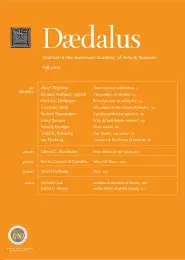Our brains, our selves
There are cases in which parts of a person’s own body, even portions of his mental life–his perceptions, thoughts and feelings–appear alien to him and as not belonging to his ego; there are other cases in which he ascribes to the external world things that clearly originate in his own ego and that ought to be acknowledged by it. Thus even the feeling of our own ego is subject to disturbances and the boundaries of the ego are not constant.1
For the past twenty years, my colleagues and I have studied patients with acquired brain damage who have undergone a transformation in the most intimate aspects of their personal identities. I call these conditions neurological perturbations of the self.2
We study these cases to discover, among other things, the neurological structures necessary for a self, and the manner in which these structures are wired together to create a unified human mind. To that end, our analysis of these patients focuses on how the self, the ego, one’s personal identity, adapts in response to damage to critical neurological structures.
In these cases, I rely in large measure upon the patients’ verbal descriptions of how they view themselves after a neurological injury. Although these narratives are acquired within a medical context, and the patients are expressing what they believe to be the truth in the context of a medical or neurological exam, my analysis of their reports more closely resembles a psychoanalyst’s reading of a patient’s dream, or a reader’s interpretation of a movie or novel. I take this approach because, while these patients are communicating what they believe are the actual facts of their circumstances, I actually find most intriguing what the patients reveal about those aspects of their self-concepts and motivations of which they are unaware.
. . .
